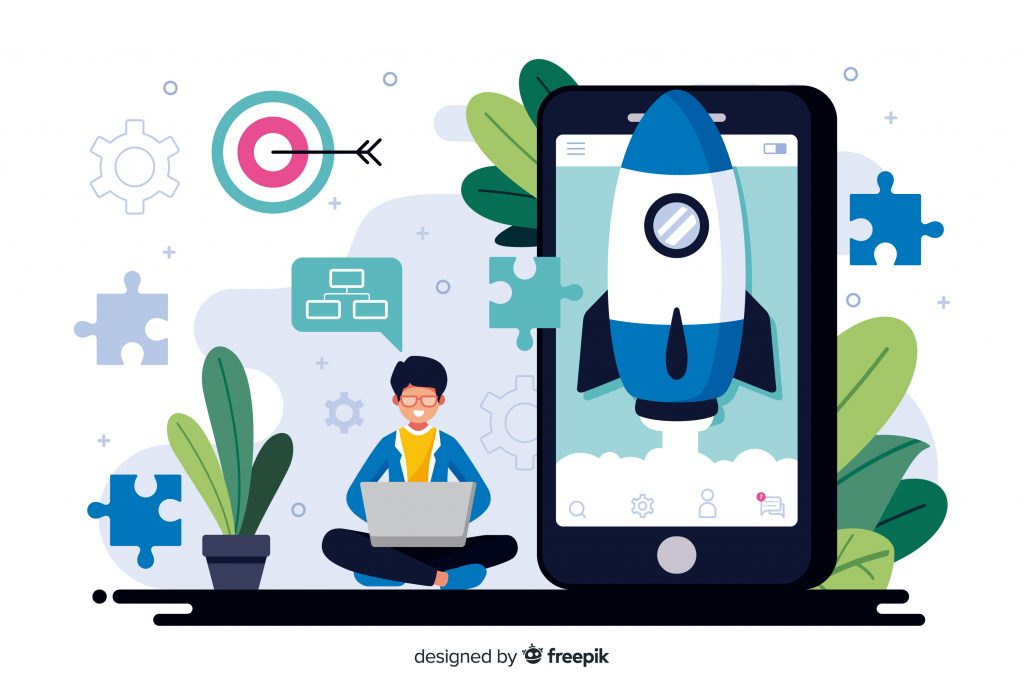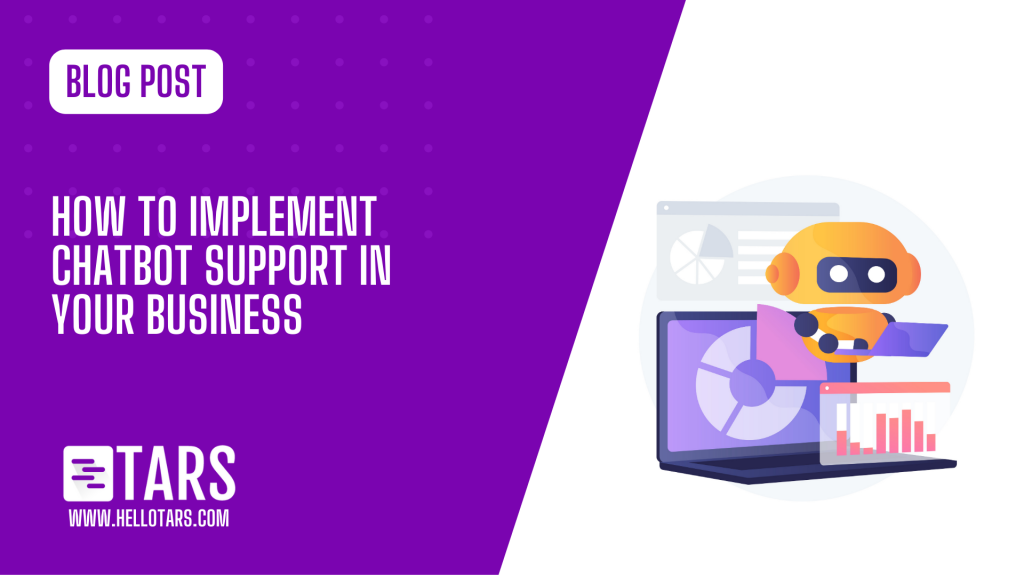Are you looking to improve your customer service and provide 24/7 support to your customers? Then implementing chatbot support into your business operations is the way to go! Chatbot support is a powerful tool that can help businesses streamline their customer service and enhance customer satisfaction. In this blog post, we will discuss how to seamlessly integrate chatbot support into your business operations.
Understanding Your Customers
Before integrating chatbot support into your business, it’s important to understand your customers’ needs and expectations. By doing so, you can create personalized chatbot responses that address common customer pain points and improve the overall customer experience. Here are some tips for understanding your customers:
✅Identify common customer pain points: Start by identifying the most common customer complaints and inquiries. This will help you create chatbot responses that directly address these issues.
✅Map out customer journeys: Analyze the different stages of your customer journey and identify areas where chatbot support can be integrated. For example, you can use chatbots to answer frequently asked questions or provide product recommendations.
✅Create personalized chatbot responses: Use customer data to create personalized chatbot responses that address each customer’s specific needs. For example, you can use their name and order history to provide customized recommendations.
Choosing the Right Chatbot Support Tool
Choosing the right chatbot support tool is critical to the success of your chatbot integration. There are different types of chatbot tools available, each with its own strengths and weaknesses. Here are some factors to consider when choosing a chatbot tool:
✅Chatbot functionality: Look for a chatbot tool that can handle different types of customer inquiries, including text and voice-based questions.
✅Integration capabilities: Choose a chatbot tool that can be easily integrated with your existing customer service channels, such as email or social media.
✅Customization options: Look for a chatbot tool that allows you to customize chatbot responses and create personalized customer experiences.
Some popular chatbot tools in the market include Tars Prime, Dialogflow, and ManyChat. Do your research and choose the tool that best fits your business needs.
Implementing Chatbot Support in Your Business
Now that you’ve chosen the right chatbot tool, it’s time to implement chatbot support in your business. Here are some steps to follow:
🟩Prepare a plan for chatbot implementation: Before implementing chatbot support, it’s important to prepare a detailed plan that includes the scope, timeline, and budget for the implementation. This plan should also include training and support for your team members who will be using the chatbot tool.
🟩Choose the right chatbot platform: As mentioned earlier, it’s important to choose the right chatbot tool that fits your business needs. You should evaluate different options and consider factors such as functionality, integration capabilities, customization options, and cost.
🟩Define the chatbot’s scope and capabilities: Once you have chosen the chatbot tool, you should define the chatbot’s scope and capabilities. This includes identifying the types of customer inquiries that the chatbot can handle, the level of automation, and the handoff process to human agents when necessary.
🟩Integrate the chatbot with your existing customer service channels: To ensure a seamless customer experience, you should integrate the chatbot with your existing customer service channels, such as email or social media. This will allow customers to use the channel they prefer and still receive consistent and timely support.
🟩Develop and refine chatbot responses: Once the chatbot is integrated with your existing customer service channels, you should develop and refine chatbot responses. This includes creating a knowledge base of frequently asked questions, developing chatbot scripts, and testing the chatbot with a small group of customers before launching it to a wider audience.
🟩Train your team members: It’s important to train your team members on how to use the chatbot tool and how to handle customer inquiries that cannot be answered by the chatbot. This will ensure that your team is prepared to provide a seamless and personalized customer experience.
🟩Monitor chatbot performance and customer feedback: After launching the chatbot, it’s important to monitor its performance and collect customer feedback. This will allow you to identify areas for improvement and make necessary changes to provide a better customer experience.
Let Us Help You Get Started

Our team of experts at TARS are always ready to answer all your chatbot questions. All you need to do is book a free demo and our team will walk you through the entire process – from building the right chatbot for your business needs to deploying it on your website.
TARS is trusted by Leaders and entrepreneurs across multiple industries. This includes: Vodafone, American Express, Nestle, Adobe and many more.
FAQ
What is chatbot support?
Chatbot support is a technology-driven customer service solution that utilizes artificial intelligence (AI) to provide customers with instant assistance. Chatbots are software applications that can communicate with customers via messaging platforms or voice assistants, and they are designed to provide helpful responses to customer inquiries.
What are the 4 types of chatbots?
There are four types of chatbots:
- Rule-Based Chatbots: These chatbots operate on a set of predefined rules and are only capable of responding to specific inquiries.
- AI-Powered Chatbots: These chatbots use machine learning algorithms to learn from past interactions and improve their responses over time.
- Voice-Activated Chatbots: These chatbots are designed to interact with users through voice assistants like Amazon’s Alexa or Google Assistant.
- Social Media Chatbots: These chatbots operate on messaging platforms like Facebook Messenger or WhatsApp.
How do you make a support chatbot?
Here are the steps to make a support chatbot:
- Determine the purpose and scope of the chatbot.
- Choose the right chatbot platform.
- Define the chatbot’s capabilities and limitations.
- Develop and refine chatbot responses.
- Integrate the chatbot with existing customer service channels.
- Train your team members on how to use the chatbot.
- Launch the chatbot and monitor its performance.
What is a chatbot service on my phone?
A chatbot service on your phone is an AI-powered virtual assistant that can help you perform various tasks using voice or text commands. Examples of chatbot services on phones include Apple’s Siri, Google Assistant, and Samsung’s Bixby.
How do I cancel my chatbot AI subscription?
The process for canceling a chatbot AI subscription may vary depending on the platform you used to subscribe. Generally, you can cancel a subscription by accessing your account settings or contacting customer support for the chatbot service.
How do you use chatbots?
Here are the steps you can follow to use a chatbot:
- Access the chatbot through a messaging platform or website.
- Type or speak your inquiry into the chatbot.
- Wait for the chatbot to process your inquiry and provide a response.
- If necessary, provide additional information or clarify your inquiry to help the chatbot provide a better response.
- If the chatbot cannot provide a satisfactory response, it may offer to transfer the inquiry to a human agent.

My name is Vinit Agrawal and I am the Founder and CTO of Tars. I have been working on the Tars Chatbot Builder since 2015 and my core strength is in building software products with simple and functional user experiences focusing on bringing some core business results. My current role in the company is a mix of Product Manager, Engineering Manager and in Business & Marketing Strategy.

0 Comments on "How to Implement Chatbot Support in Your Business"